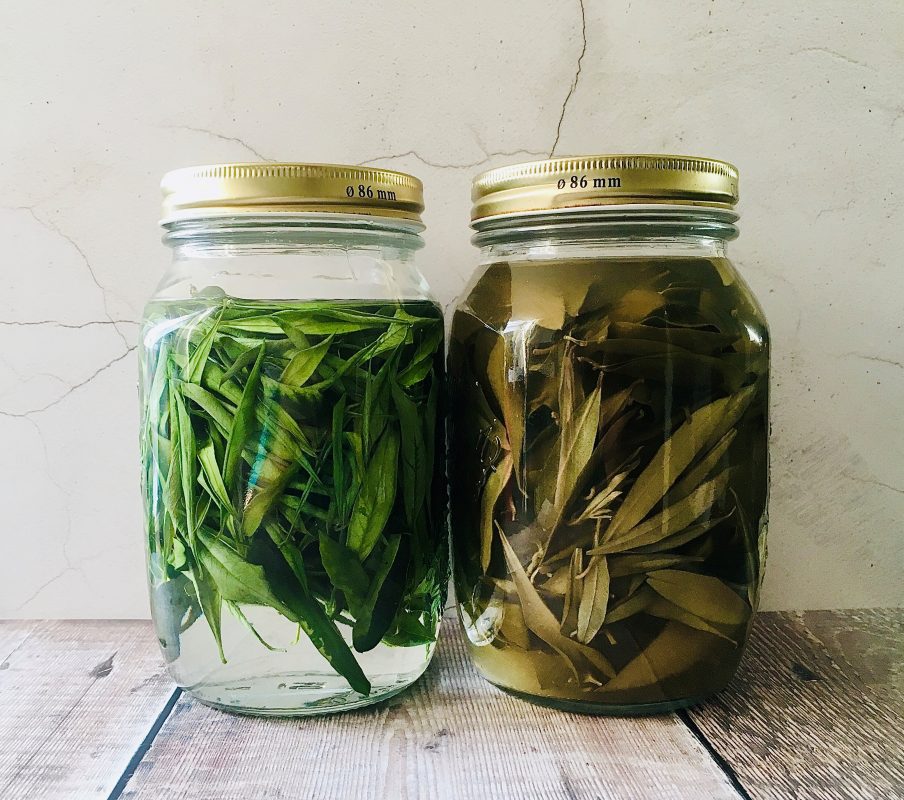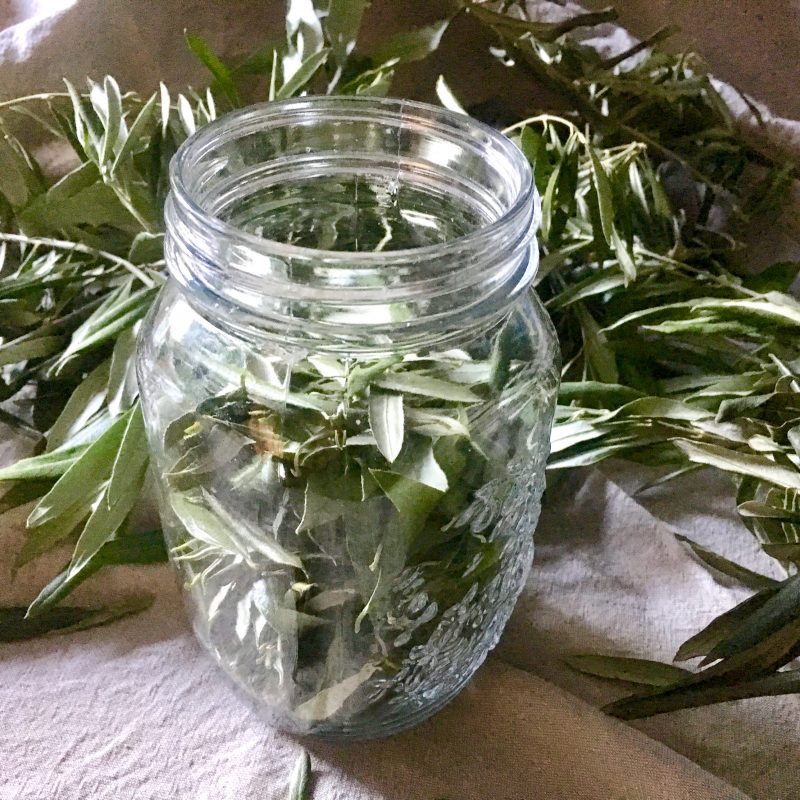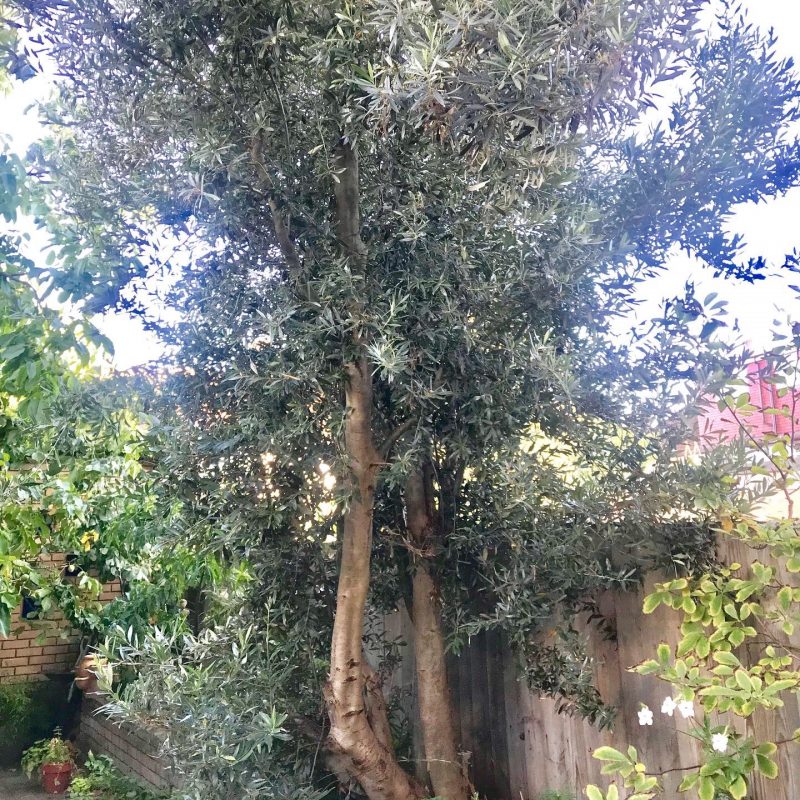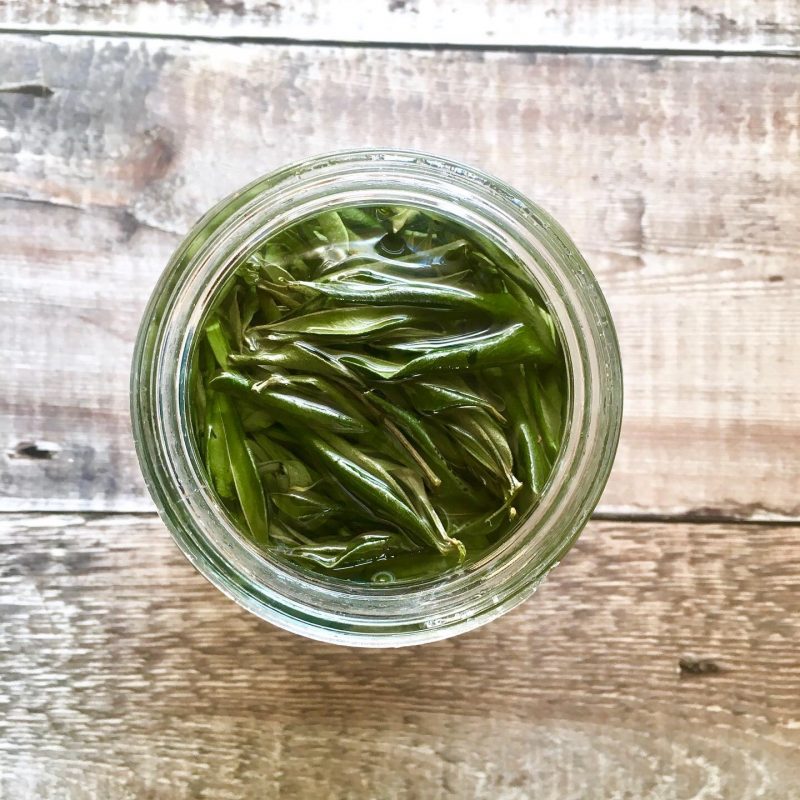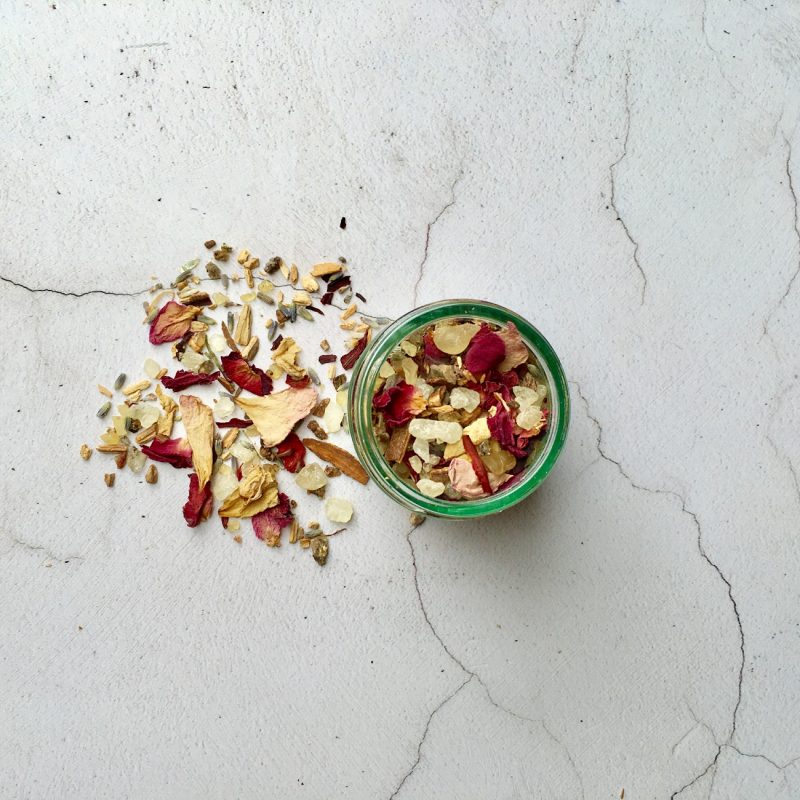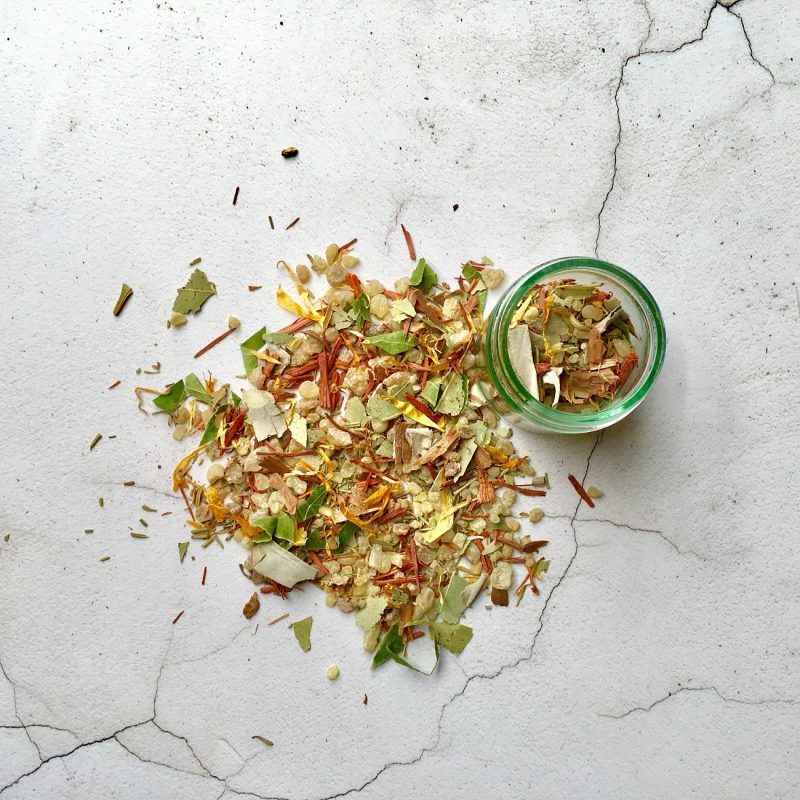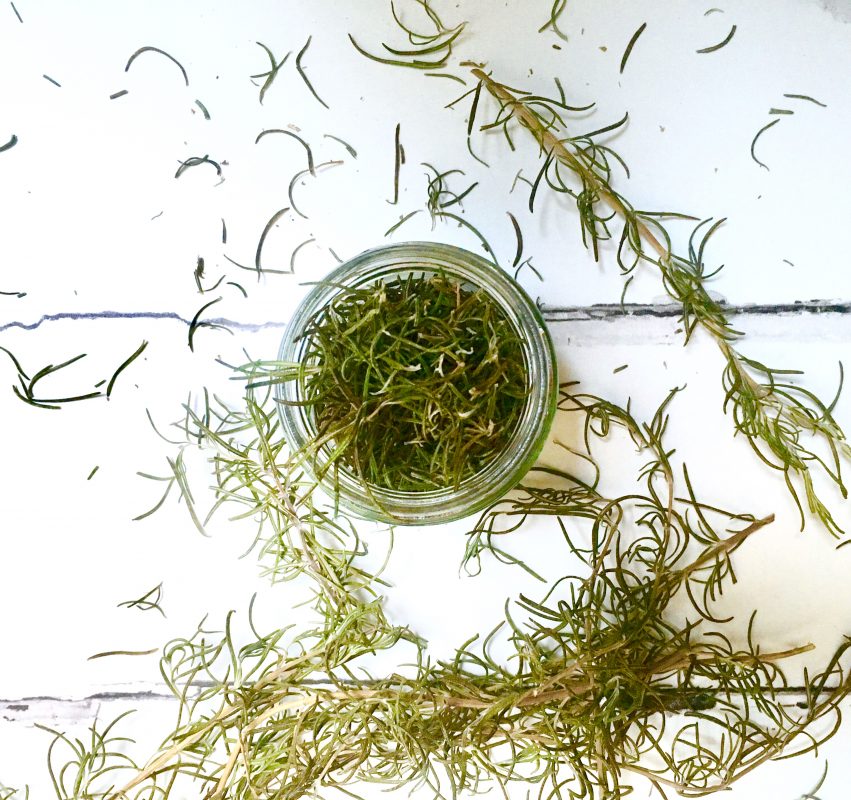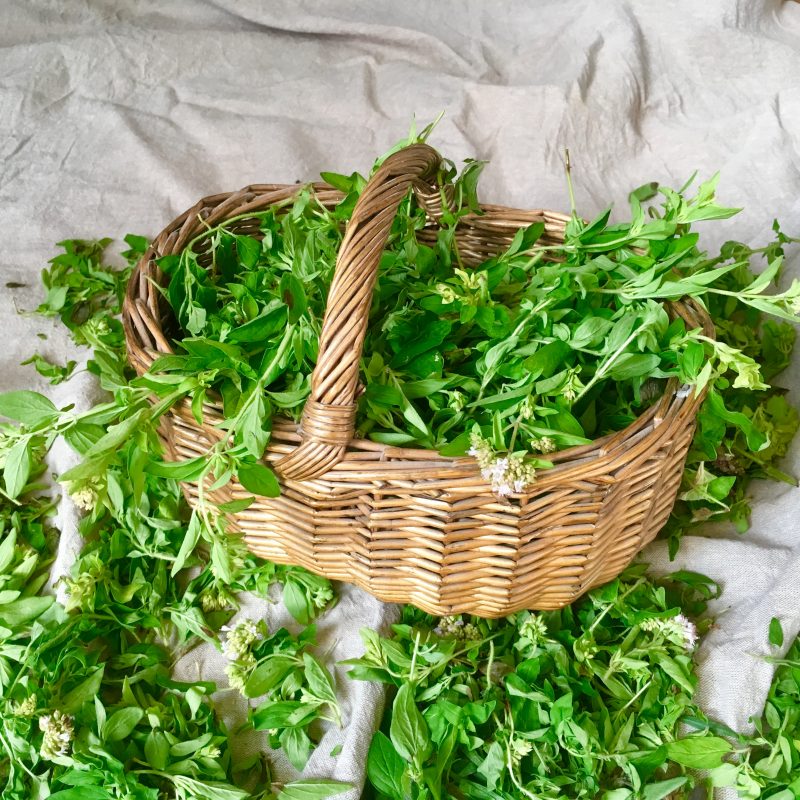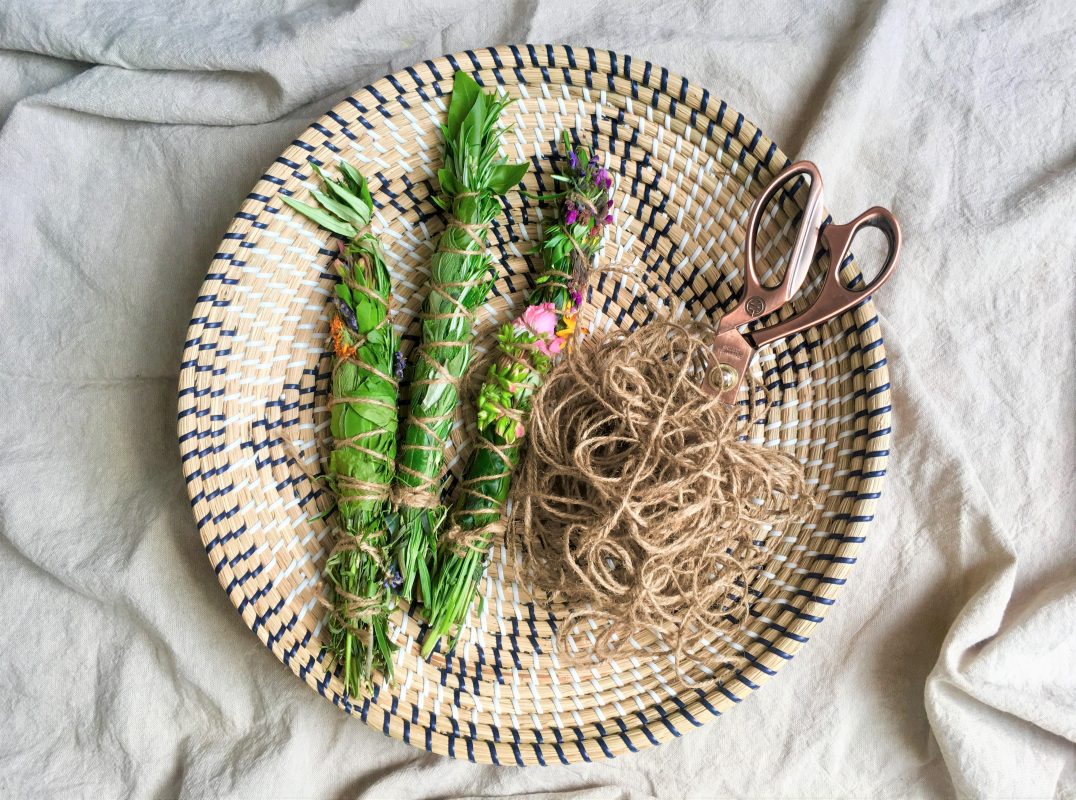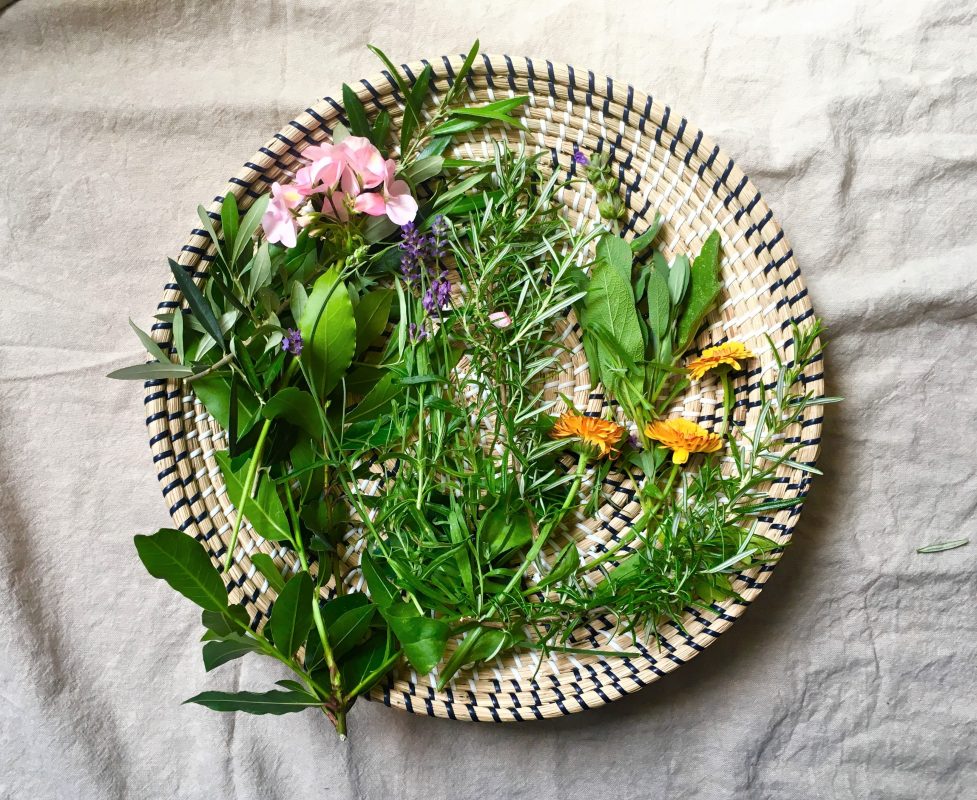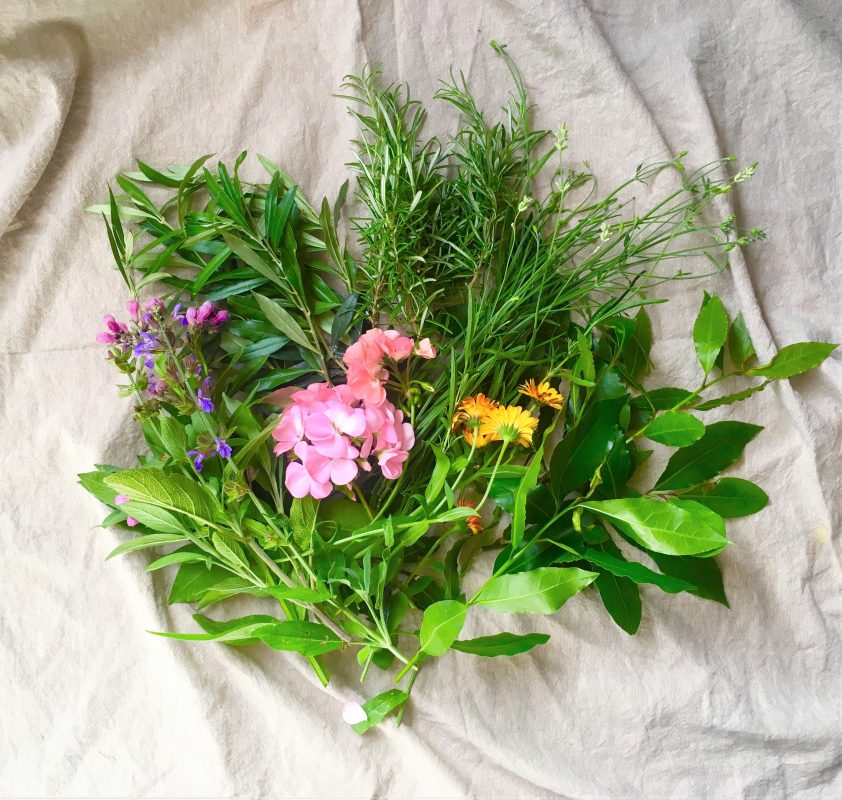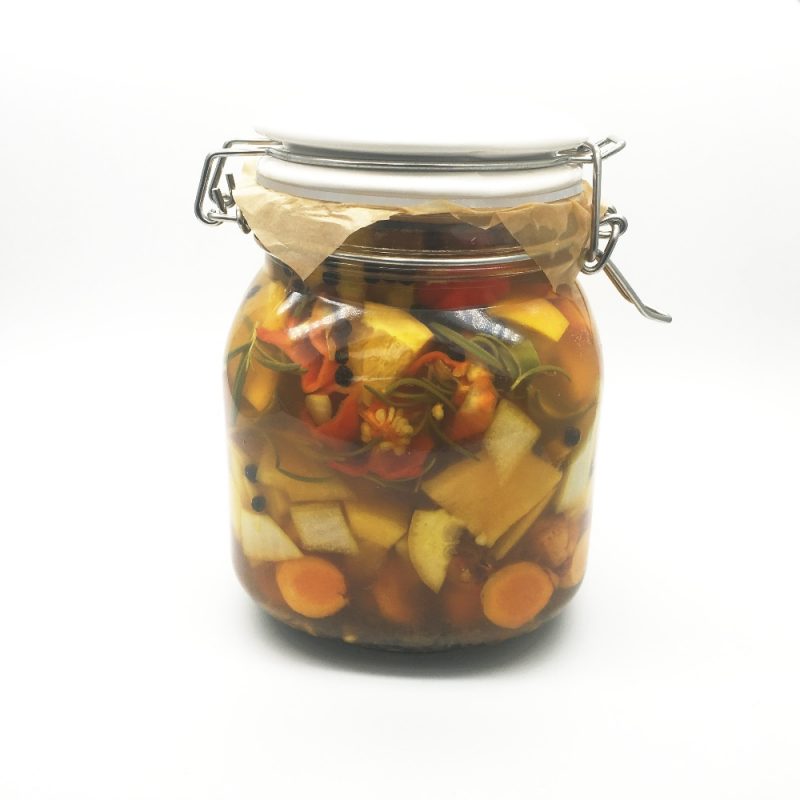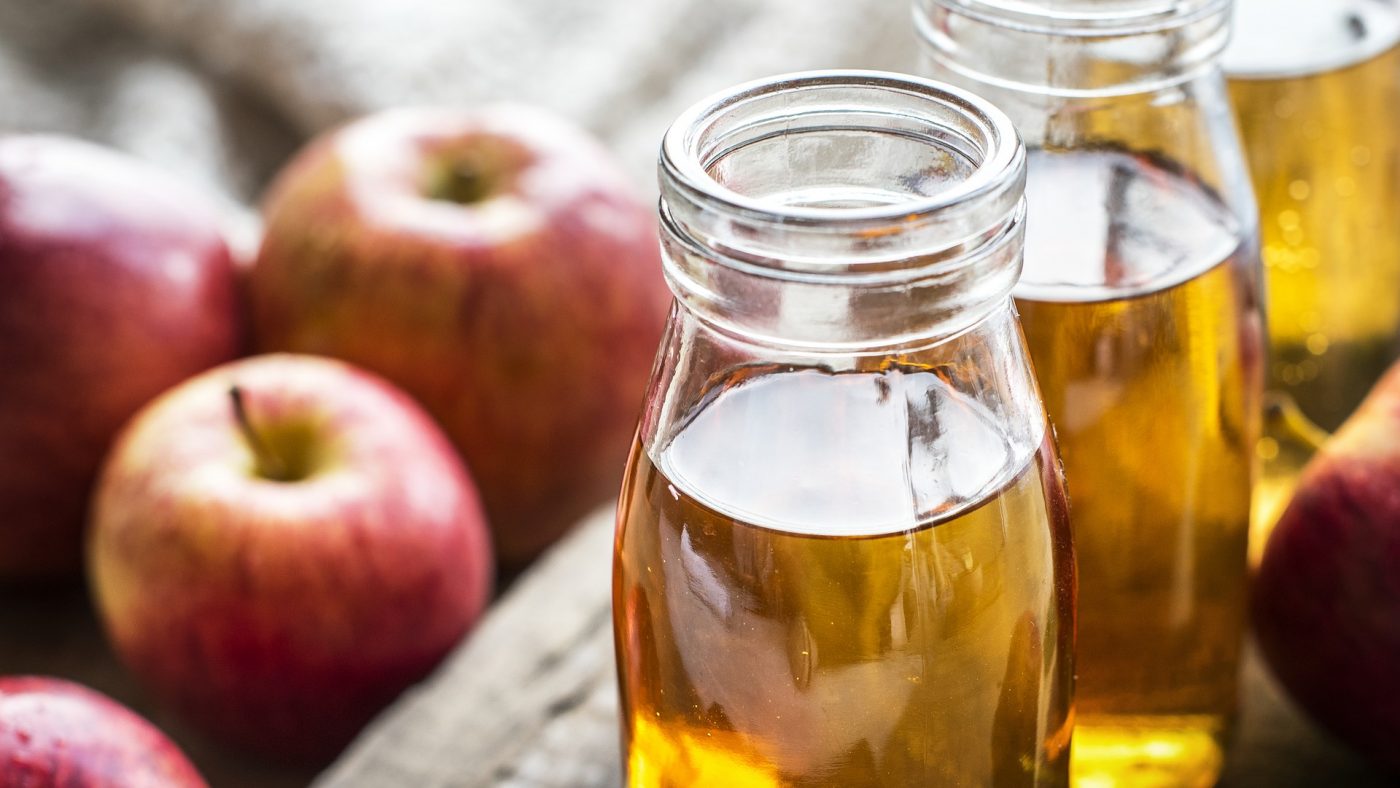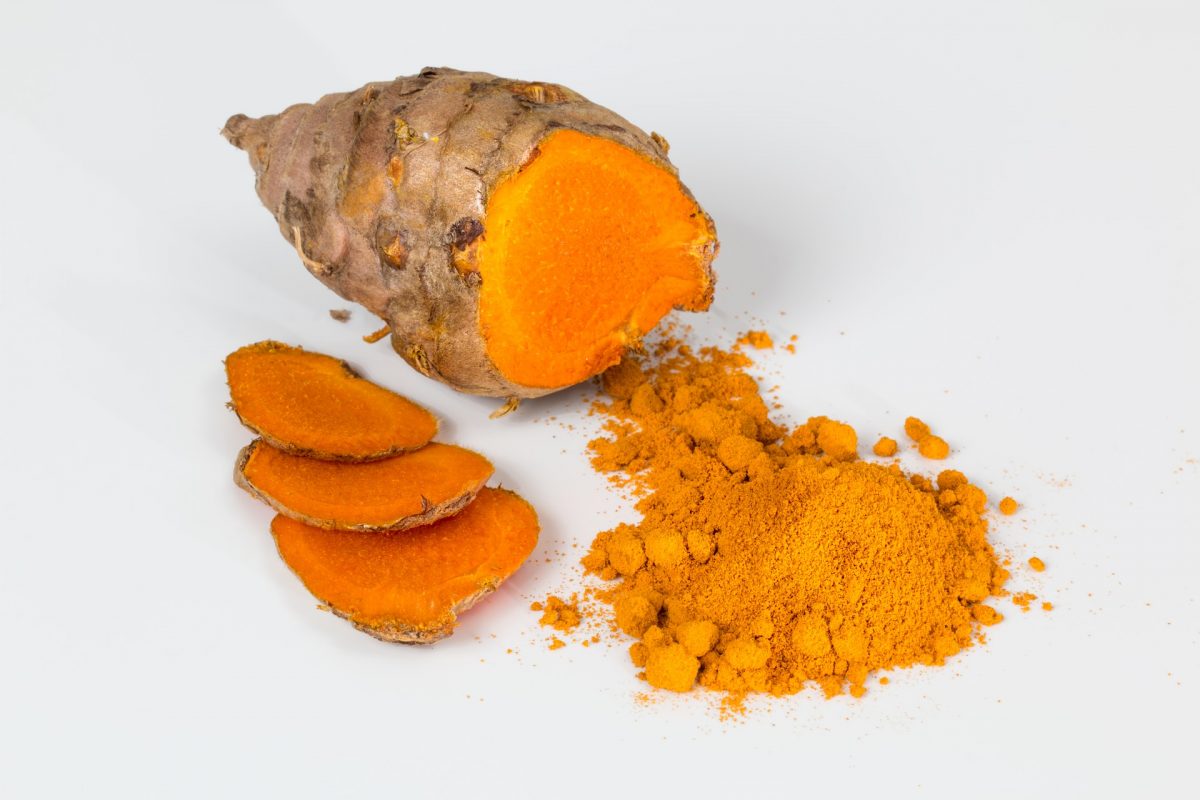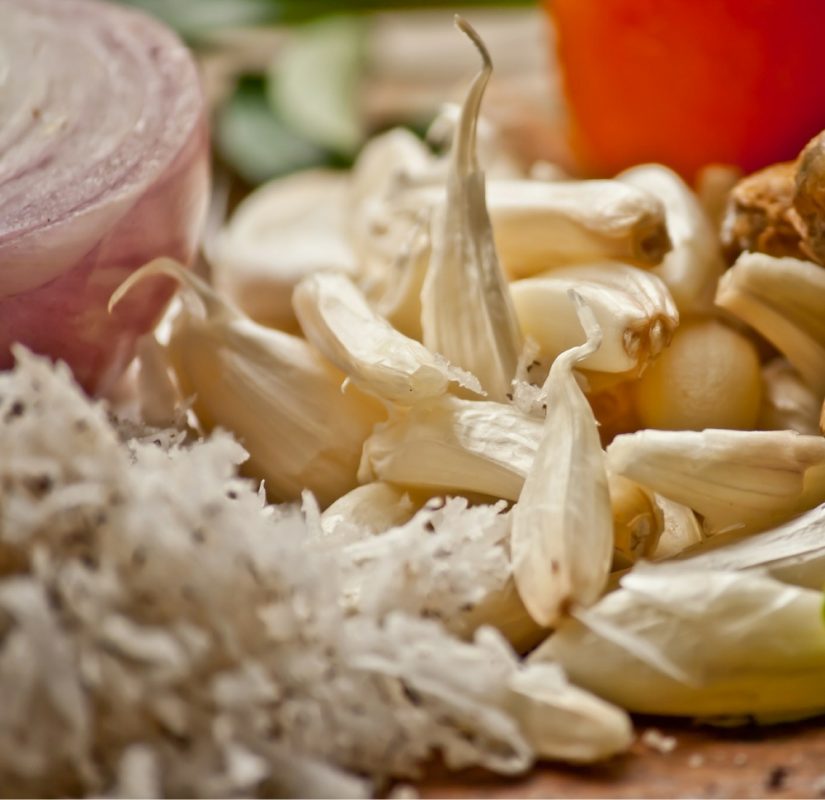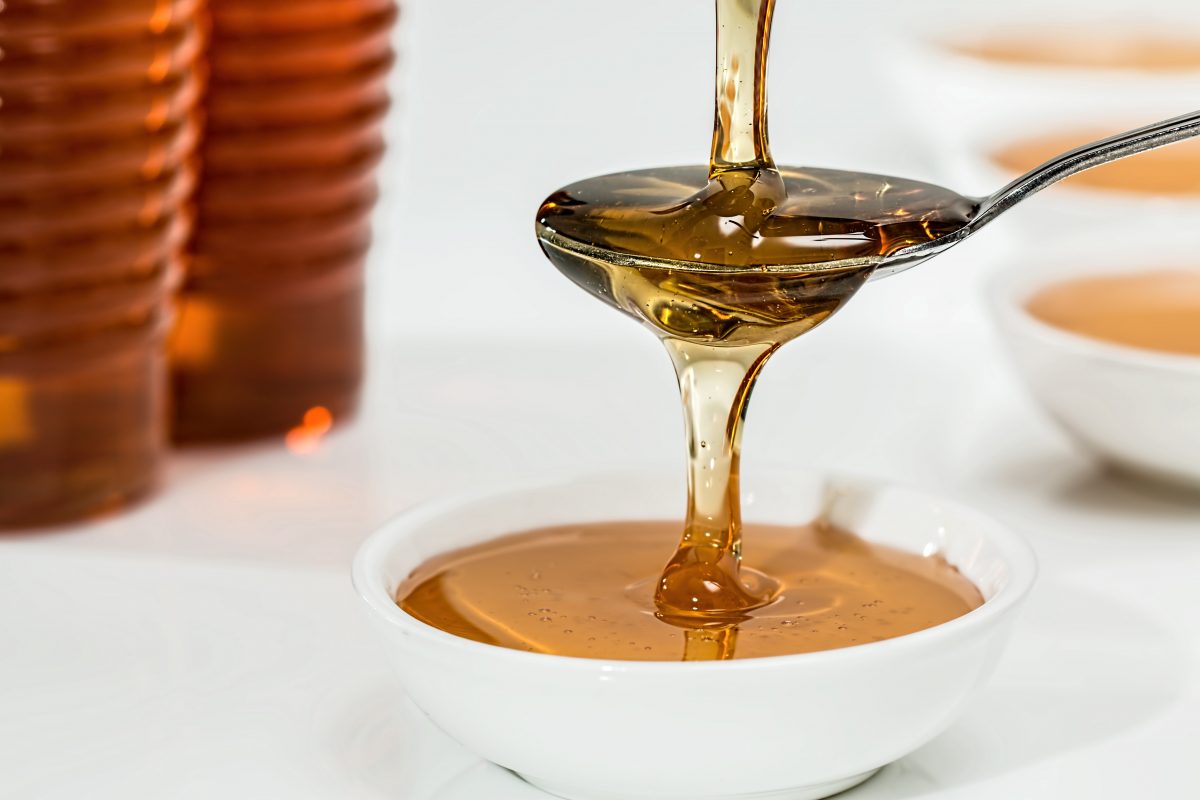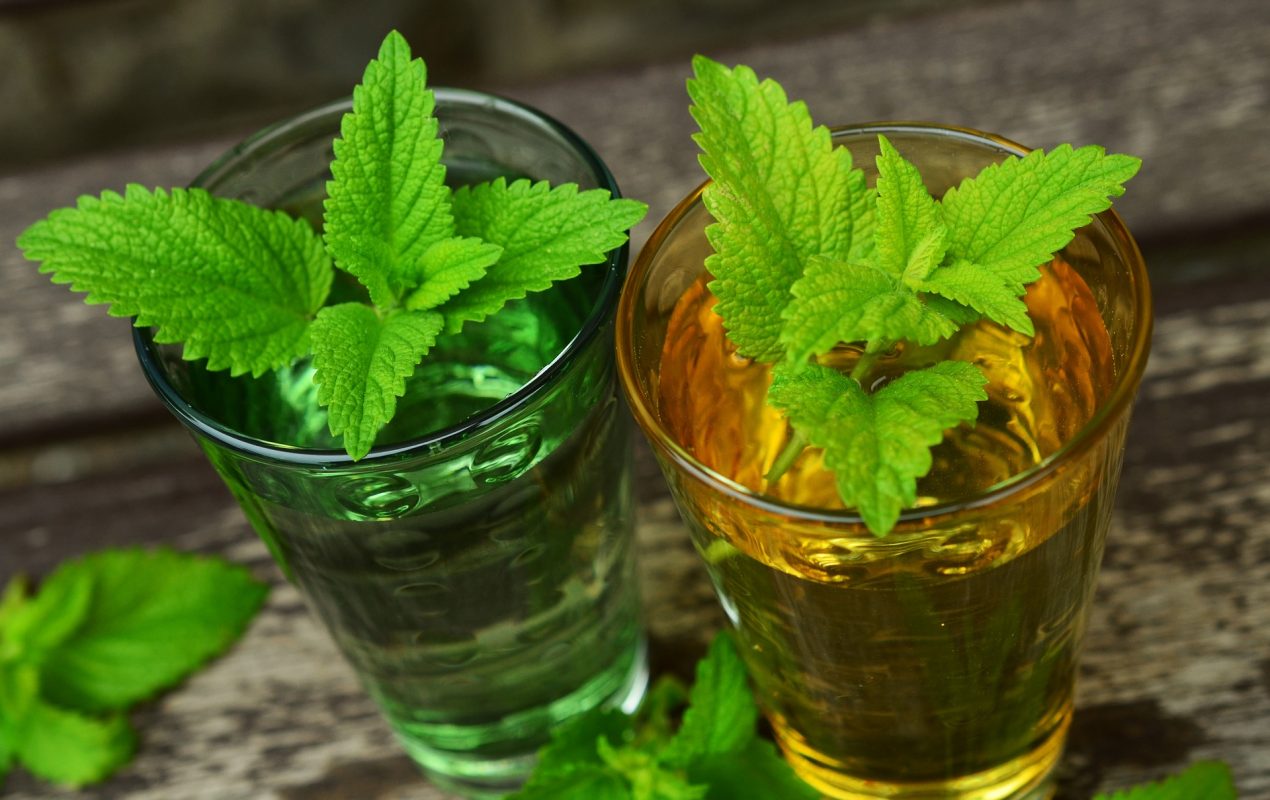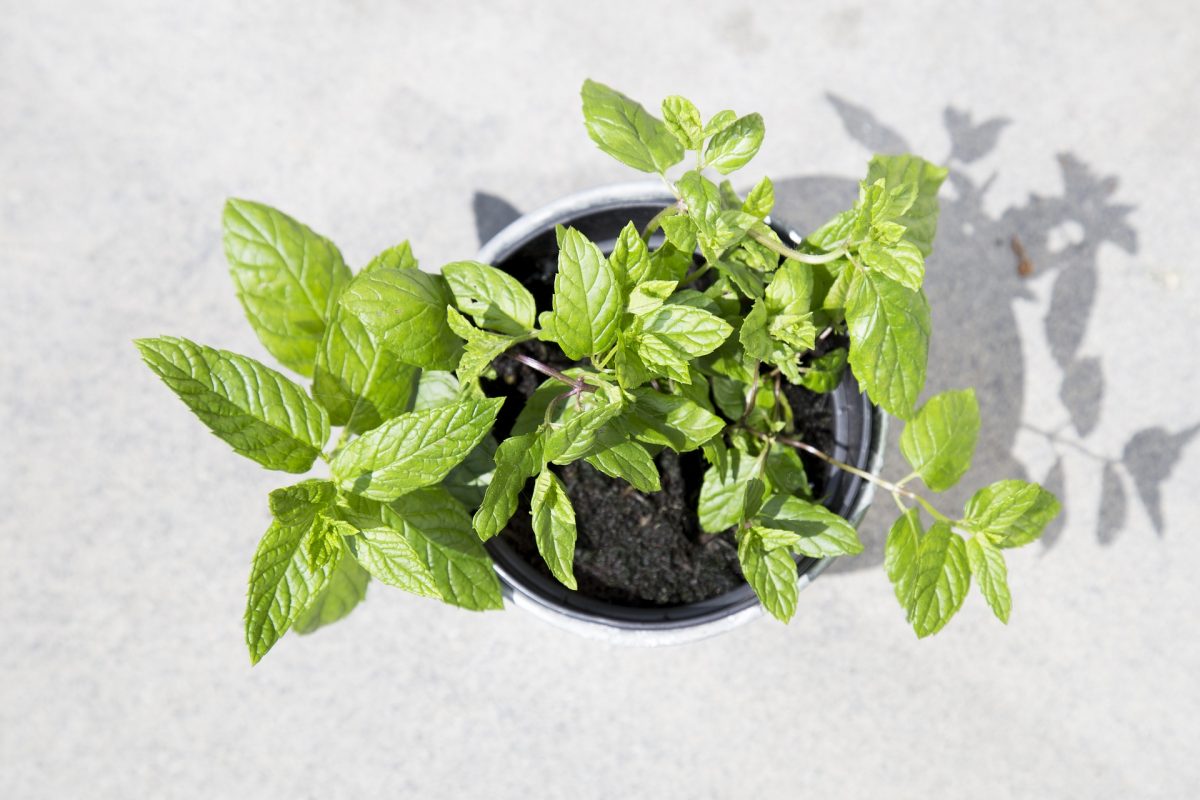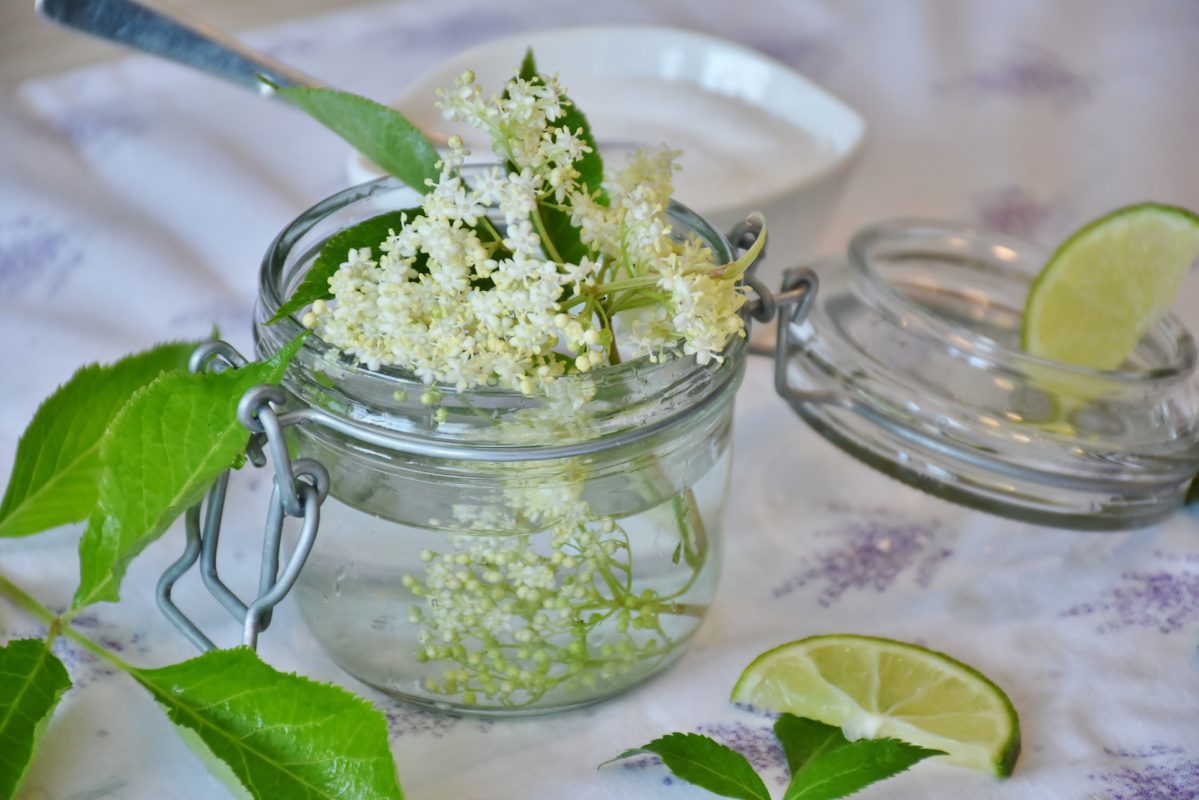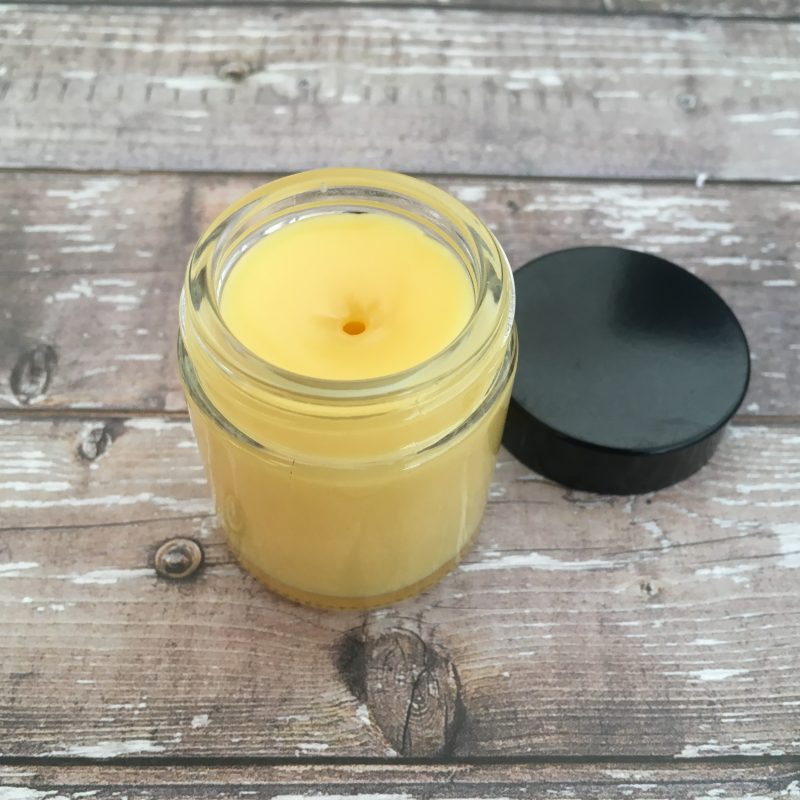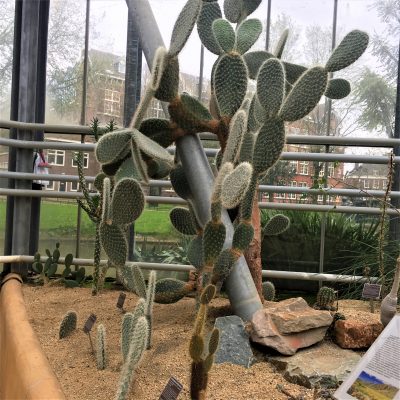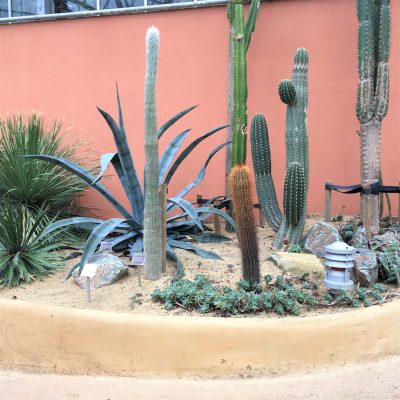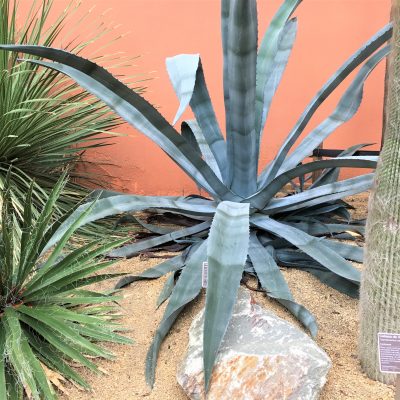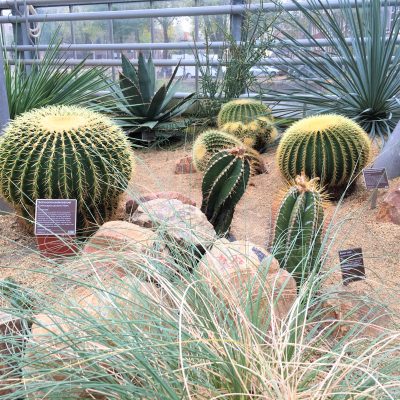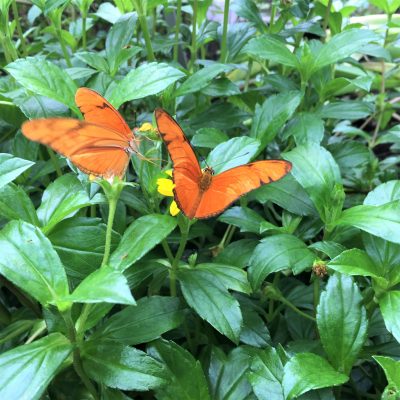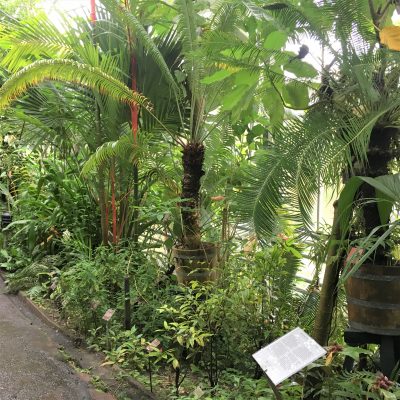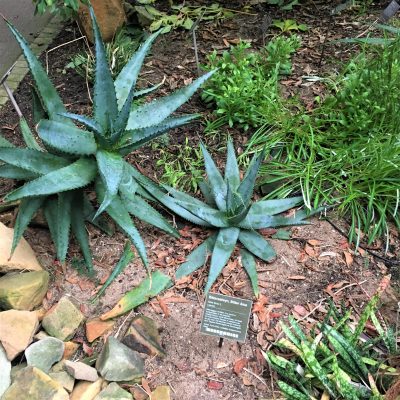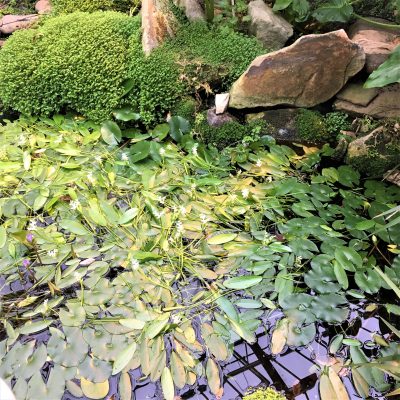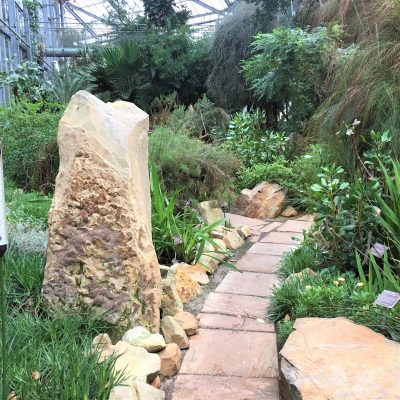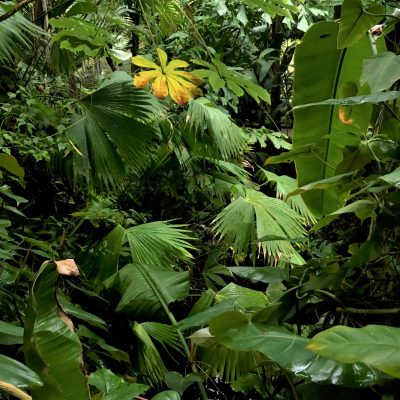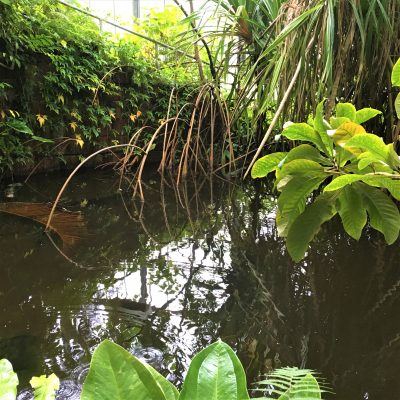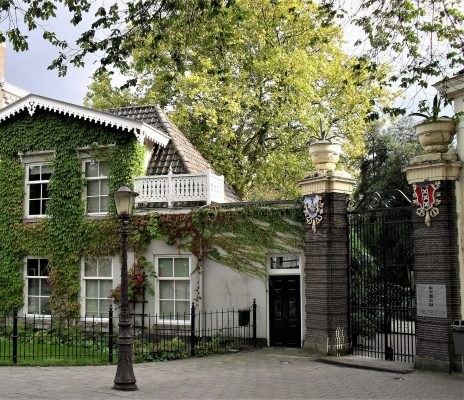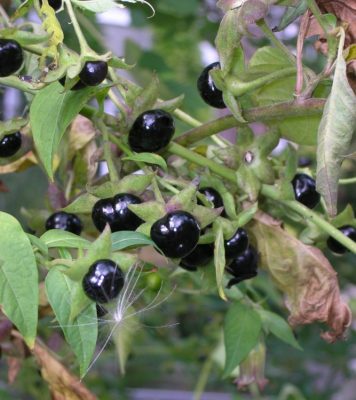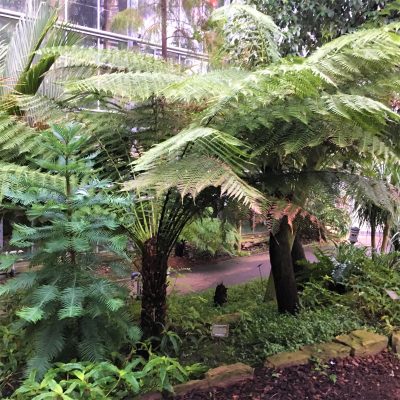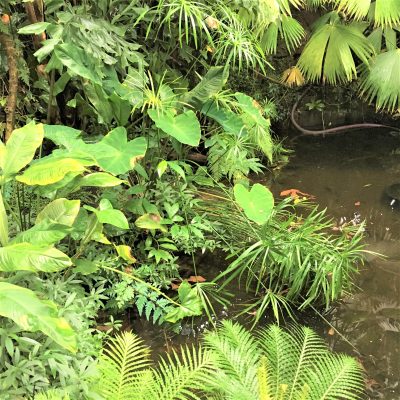My olive tree is about 10 years old. It’s an amazing tree to have in the UK with its evergreen leaves and occasionally a small olive harvest.
Olive leaf extract is made from the leaves of the olive plant. It contains an active ingredient called oleuropein, a natural antibiotic and antioxidant that can help or prevent many diseases. The bitter leaves of the olives have been traditionally used as a herbal medicine for thousands of years. You can read find more about the science here.
Benefits Of Olive Leaf Extract
• antiatherogenic(prevents formation of plaque in the arteries)
• Anti-diabetic
• antihypertensive (lowers blood pressure)
• anti-inflammatory
• anti-microbial
• antioxidant,
• anti-viral
• bitter
• hepatic
• hypocholesterolemic(lowers cholesterol and protects the circulatory system)
• hypoglycemic (lowers blood sugar)
• protective against radiation damage
• support healthy thyroid function
I have been making an alcohol free version of olive leaf extract for a few years now, below is the recipe I use. I have made 2 jars of tincture here, one with apple cider vinegar (ACV) and one with vegetable glycerine. Glycerine has a sweet taste which many prefer. Alternatively ACV also has extra health benefits too. I make these separately (don’t mix the ACV and the glycerine together).
Ingredients:
1 sterilised wide mouth jar with a non-corrosive lid.
Enough olive leaves to fill the jar.
Organic apple cider vinegar OR vegetable glycerine, depending on which you prefer.
Sieve or cheesecloth to strain the tincture.
Method:
Use unblemished clean leaves which have not been sprayed with any chemicals. Alternatively you can purchase organic olive leaves.
Fill almost all of the jar with the olive leaves.
Once the jar is almost full, pour the apple cider vinegar or vegetable glycerine over the leaves to cover.
If you’re using a metal lid, line it with wax paper so that the vinegar doesn’t corrode it, and then put the lid on. Place in a dark room, at room temperature.
Shake occasionally and let the tincture steep for about 6 week or more.
After a minimum of 6 weeks shake well and then strain the tincture using a cheesecloth or fine mesh sieve. Transfer in to a sterilised jar and keep in a dark place. For dosages, you can transfer a small amount in an amber glass dropper bottle.
Dosage: I would take 2ml of tincture 3 times a day.
Disclaimer: herbal medicine is powerful – always do your research or ask for medical advice before hand!

